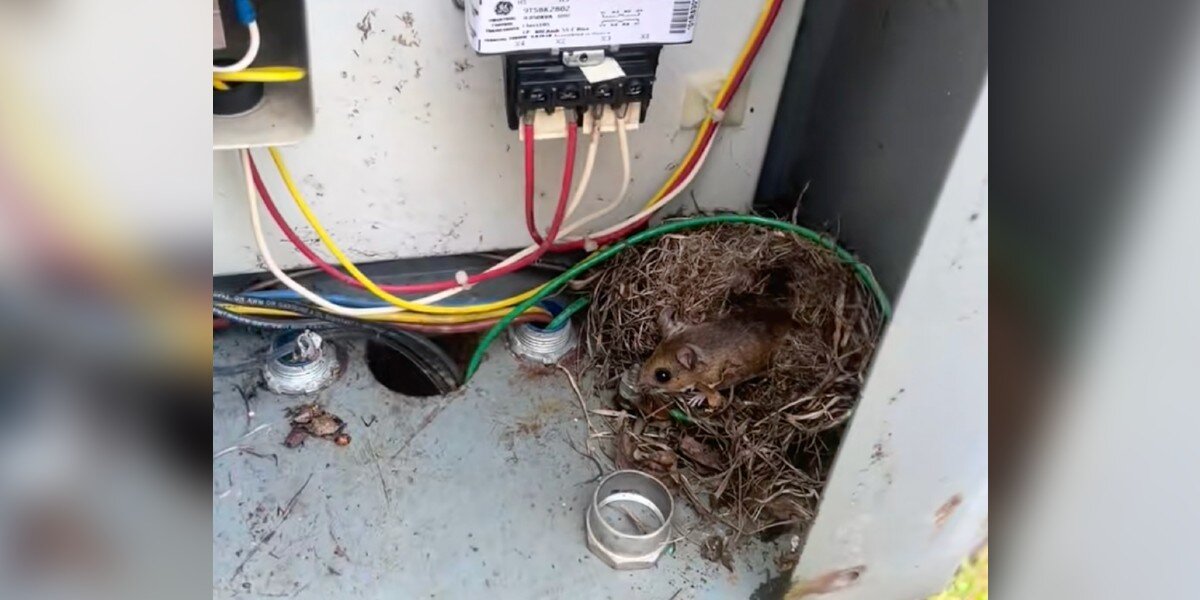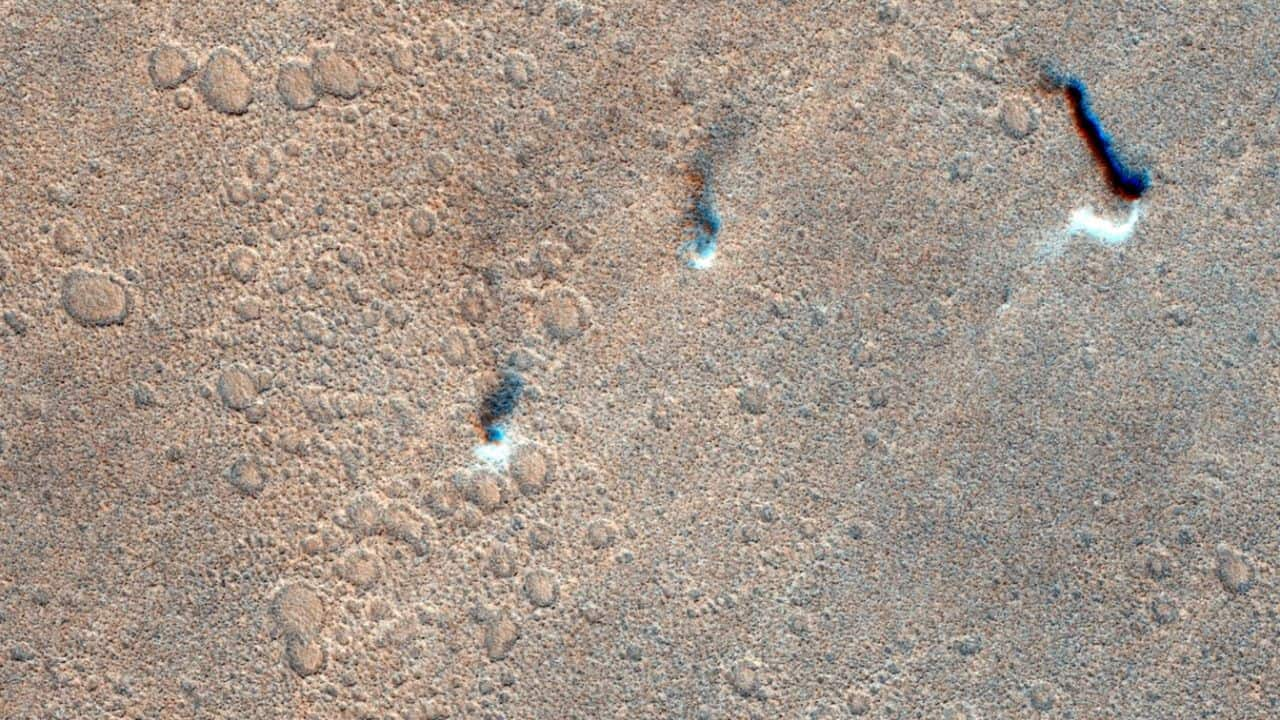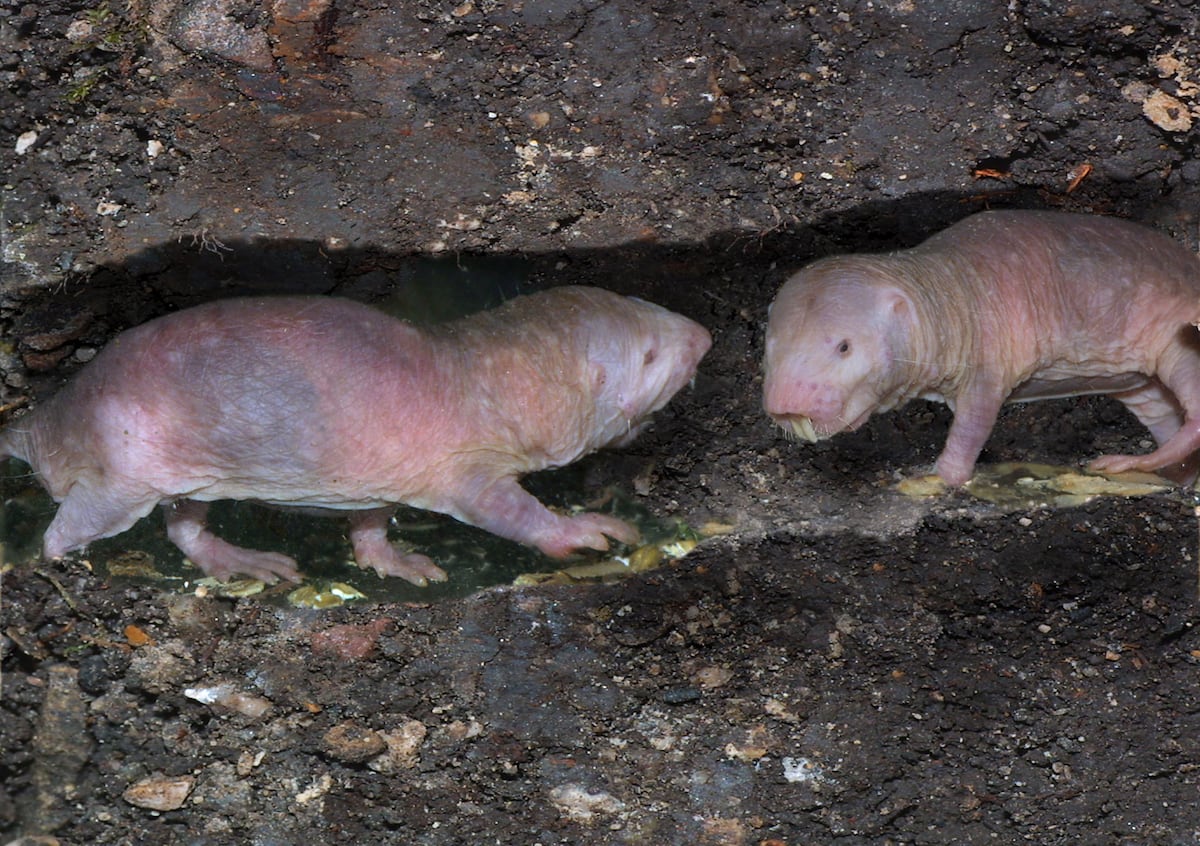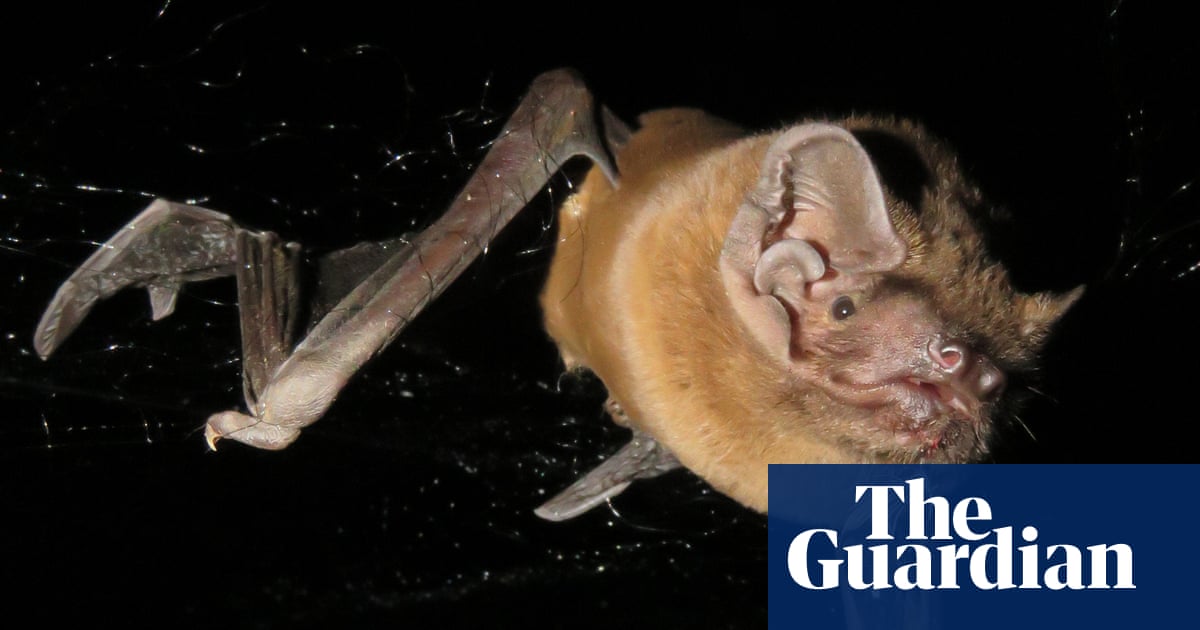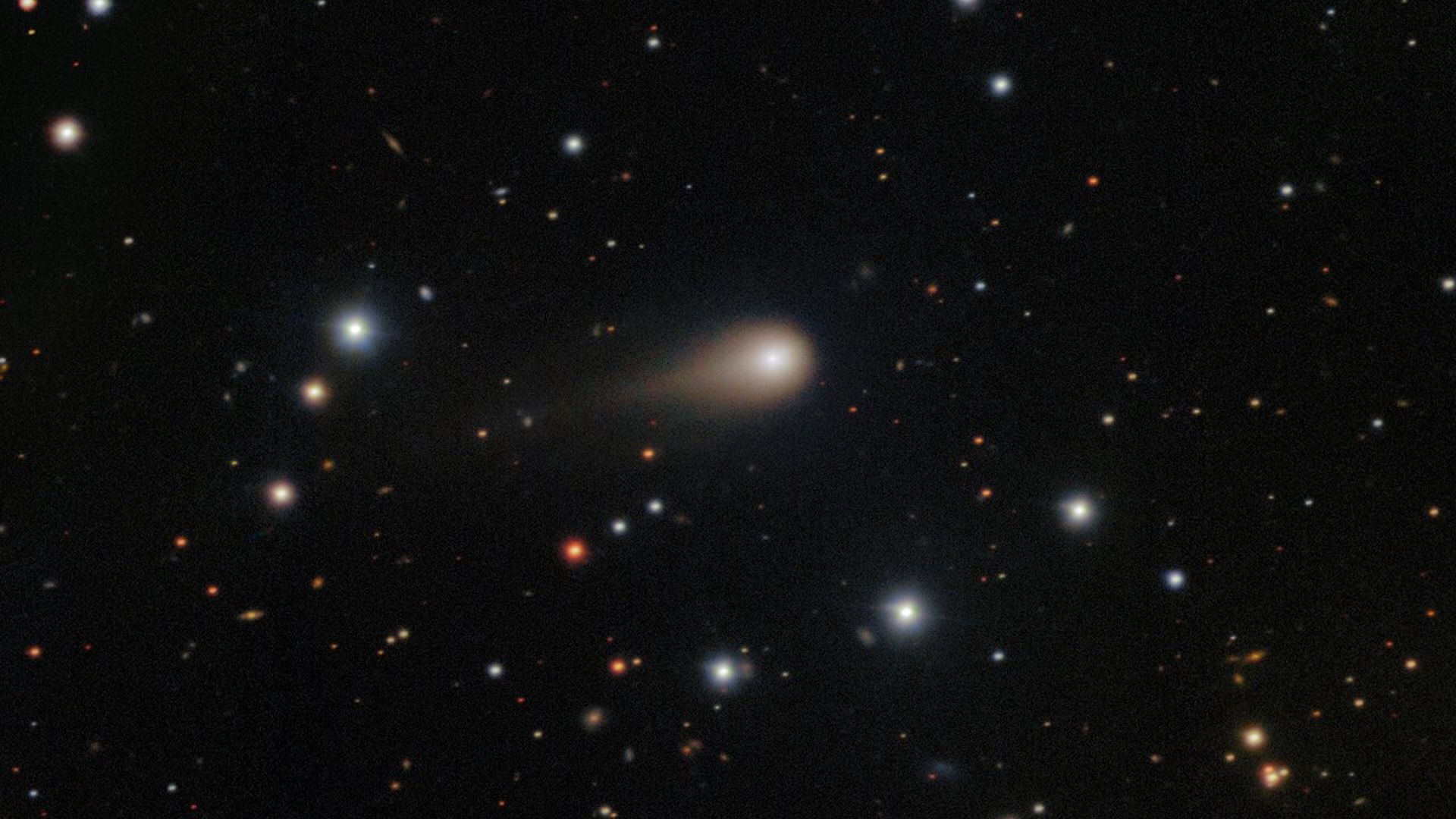Astronomers Capture First Image of Dual Black Holes Dancing in Space!
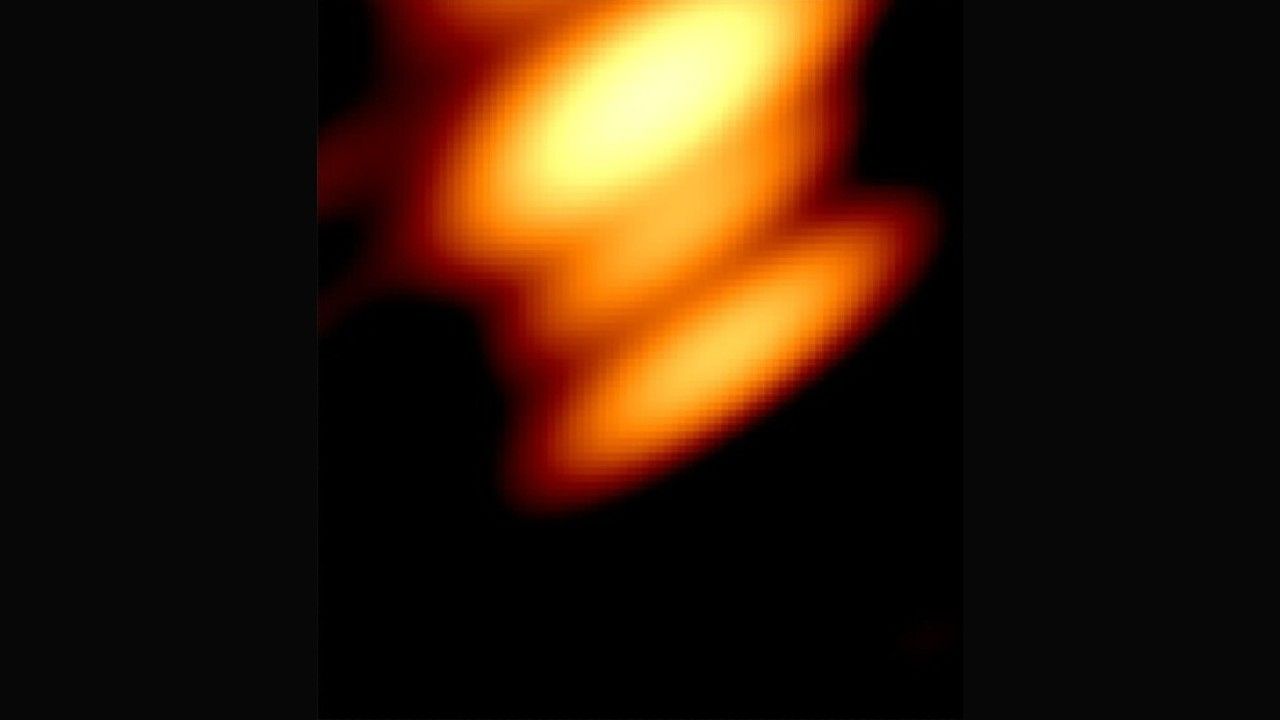
Can you believe it? For the first time ever, astronomers have successfully captured a stunning radio image of two black holes in orbit around each other, confirming a theory that has tantalized scientists for decades. This incredible discovery, made within the dazzling quasar OJ287, sheds new light on the complex behavior of these gravitational giants, located a staggering 5 billion light-years away in the constellation Cancer.
Quasars are like cosmic lighthouses—intense and bright regions at the centers of galaxies where tumultuous conditions around supermassive black holes make gas and dust reach extreme temperatures, causing them to radiate with stunning luminosity. Researchers have long theorized about the existence of binary black holes, and this latest image serves as compelling evidence that these gravitational titans indeed exist, locked in an intricate cosmic dance.
Study lead author Mauri Valtonen, an astronomer from the University of Turku in Finland, expressed excitement, stating, "Quasar OJ287 is so bright that it can be detected even by amateur astronomers with private telescopes." This breakthrough is especially significant considering that while individual black holes have been imaged before—like the famous black hole in our Milky Way and Messier 87—never has the universe revealed two black holes orbiting together in such clarity.
Previous studies involving gravitational wave detections hinted at the existence of black hole pairs and their eventual mergers, but OJ287's black holes had eluded direct observation until now; telescopes simply didn’t have the resolution to separate them from the single point of light they appeared to create.
Interestingly, OJ287 has been the subject of observation for more than a century. Images taken in the late 1800s fortuitously included it, even before the concept of black holes was widely accepted. The quasar drew particular attention in 1982 when Finnish astronomer Aimo Sillanpää noted a peculiar brightness pattern that cycled every 12 years, sparking conjectures about the dual black holes orbiting within it, each feeding on surrounding material.
Now, thanks to groundbreaking radio observations that combined Earth-based telescopes with the RadioAstron satellite—a Russian telescope that operated from 2011 to 2019 and could see about 100,000 times sharper than regular optical images—scientists finally have the visual proof they have been chasing. When researchers compared the new image to theoretical models, they were thrilled to find the black holes were precisely where they were expected to be.
Though the black holes themselves are invisible, they can be inferred through the jets of particles and glowing gas swirling around them. The researchers also observed a peculiar twist in the jet from the smaller black hole, likening it to a garden hose in motion. As the smaller black hole continues its 12-year orbit, this jet is set to wag back and forth like a cosmic tail, offering us a unique opportunity to witness their mesmerizing motion evolve in real time. This is nothing short of a scientific spectacle!


